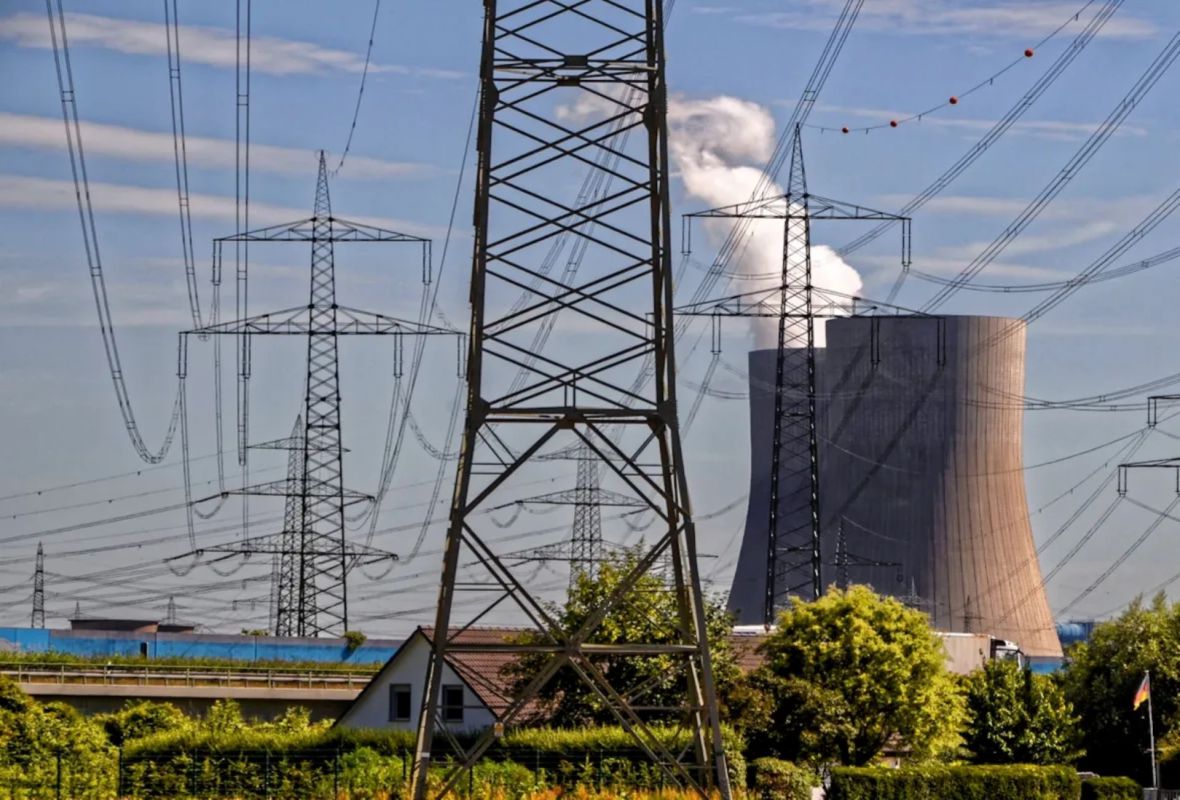Ukraine plans to start construction on four nuclear power reactors later this year, Reuters reported in late January.
"The timeline is more aggressive than previously outlined by Kyiv," Reuters stated, noting the country had not previously said the reactors would be built at the same time.
Since shortly after Russia invaded nearly two years ago, Ukraine has sought to make up for the loss of energy generated by six nuclear reactors at Zaporizhzhia.
"Today three nuclear power plants in Ukraine-controlled territory produce more than 55% of the country's electricity needs," Reuters reported.
All four reactors are set for the existing Khmelnytskyi nuclear power plant, nearly 500 miles west of the Zaporizhzhia site, minister of energy German Galushchenko said. There, they will be located in the center of the western side of the country, over 100 miles away from any of its borders, and thus comparably farther away from both Russian reach and any other direction of potential attack. Also, the site already carries power and defense infrastructure.
There are two working nuclear reactors there, and a third and fourth were 75% and 28% complete when work on them was stopped in 1990, four years after the Chernobyl explosion, according to the World Nuclear Association.
"I think [we'll start construction] in summer-autumn," Galushchenko told Reuters. "We need [to import reactor pressure] vessels. We want to do the third and fourth units right away. With the third and fourth [Khmelnytskyi units] we want to compensate for Zaporizhzhia, and now we are in the talks with our Bulgarian partners on the two reactors we want to take."
Galushchenko said construction would take two and a half years. Reuters reported two reactors will rely on Russian equipment imported from Bulgaria and that "the other two will use Western technology from power equipment maker Westinghouse."
Nuclear power generates electricity by using fission to split uranium atoms, which releases stored energy as heat and radiation. The reactors use the heat to boil water and produce steam, which turns a turbine to power a generator.
As an expert recently spoke to in a viral TikTok video, it's a safe, stable process despite its reputation. Nuclear reactors don't contribute carbon pollution to the environment and have accounted for 20% of the United States' energy needs since the 1990s. In 2022, nuclear energy provided 47% of the country's clean electricity, according to the Office of Nuclear Energy.
America is the worldwide leader, though a dozen other countries get at least a quarter of their electricity from nuclear power.
There are pitfalls, including the pollution produced by mining and refining uranium, constructing concrete power plants, and the resulting nuclear waste and wastewater from operation.
Still, it's touted as an alternative to dirty energy that comes with fewer overall risks (when built in a safe location) and less total pollution. Developments such as nuclear waste-eating bacteria could help increase the use of nuclear power as we hasten the move to a clean-energy future.
Join our free newsletter for cool news and actionable info that makes it easy to help yourself while helping the planet.









